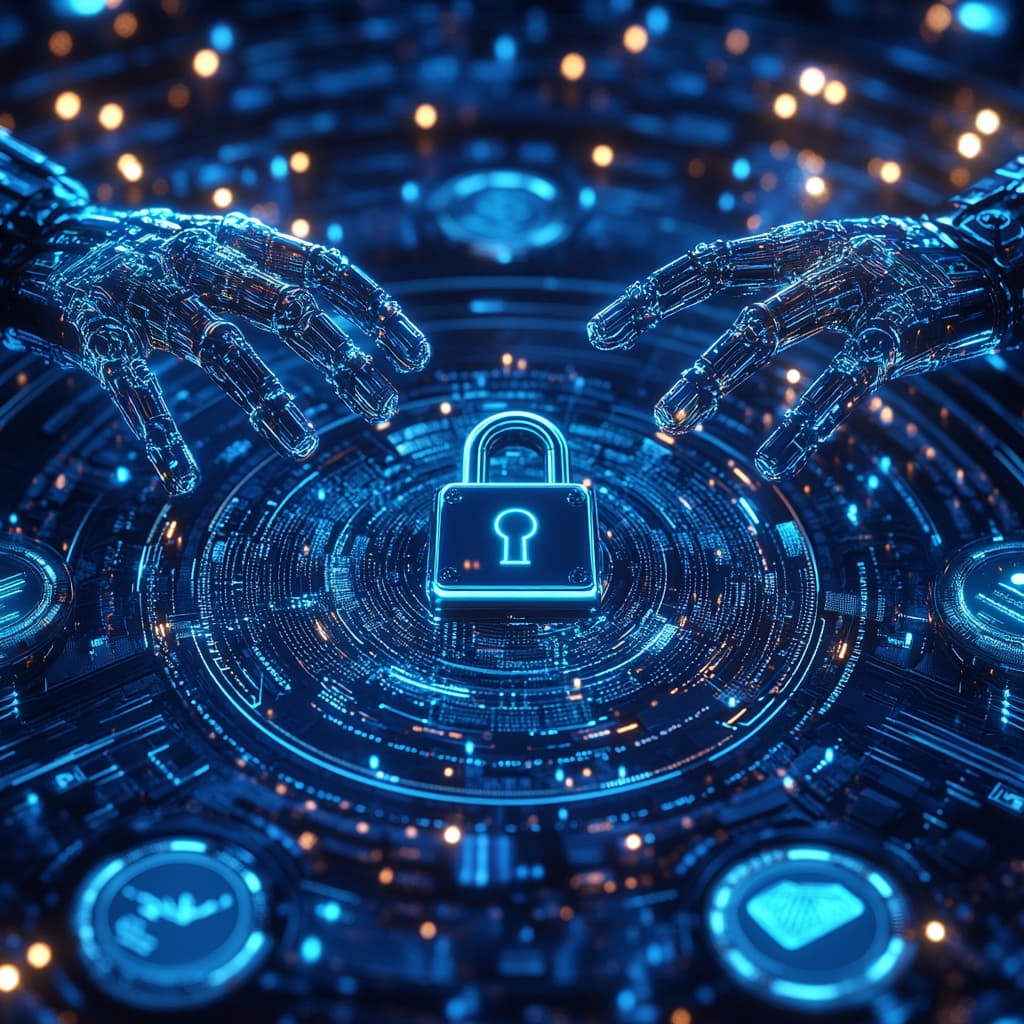Cybersecurity is changing rapidly. The rise of digital threats has made traditional methods of protection less effective. Attackers use advanced tools, and defenders must keep up. Artificial intelligence (AI) offers new possibilities in this area. It can process large amounts of data, recognize patterns, and act faster than humans. AI is not just a trend — it is becoming essential in modern cyber defense.
How AI Is Used Today
AI already supports many cybersecurity systems. It helps detect unusual activity, recognize harmful files, and react quickly to incidents. Unlike older systems that rely on known attack patterns, AI looks for behavior that stands out. This allows for faster and more flexible protection.
Security software uses machine learning to improve over time. By learning from past attacks, these systems become better at finding new ones. This is especially useful for detecting threats that have never been seen before. AI does not need to wait for updates — it adapts as threats evolve.
Identifying New Threats
Many attacks today use unknown methods. Traditional security tools often miss them. AI changes this by looking at how users and systems behave. When something looks wrong, AI can send an alert or stop the activity.
For example, if a user downloads files at unusual hours or logs in from a new location, AI notices this. It compares the behavior to past actions and reacts if the difference is too large. This approach helps find problems early and prevents damage.
Prediction and Prevention
AI does more than detect problems. It can also help prevent them. By analyzing trends and weak spots, AI tools can warn about future risks. This allows companies to fix issues before attackers find them.
If a system notices that attackers are targeting certain industries, it can adjust protections in real time. It can block emails, update rules, or inform staff about new risks. These actions are based on data, not guesses.
Responding to Incidents
Time matters during a cyberattack. Fast action can reduce harm. AI helps by making quick decisions when problems happen. It can isolate infected systems, block connections, or start backups without waiting for human input.
Some platforms connect different tools to work as one. This means AI can trigger several actions at once. A threat can be blocked, logged, and reported in seconds. This makes the response faster and more complete.
Potential Risks and Limitations
AI also has challenges. It needs good data to work well. If the data is biased or limited, AI might miss threats or create false alarms. Mistakes can happen when AI does not understand the full picture.
Another issue is that attackers also use AI. They build smart tools to test defenses, create fake content, and spread malware. This creates a race between two sides using the same technology.
Some attackers try to trick AI systems. They use special files or behaviors to hide their actions. This is called adversarial input. If the AI is not trained to recognize it, the system might allow harmful activity.
Ethical Questions
AI makes choices that affect real systems and people. This raises questions. Should AI be allowed to block access without human approval? What happens if AI makes a wrong call?
Many AI tools are hard to understand. They work like a black box. If a company cannot explain why a system took action, trust becomes an issue. In security, this lack of clarity can cause delays or create legal risks.
There are also concerns about control. If only a few companies or systems manage AI in cybersecurity, power becomes concentrated. This could affect how decisions are made and who benefits from them.
What Comes Next
AI will not replace human experts. Instead, it will support them. People will set goals, check results, and make final decisions. AI will handle routine work and highlight important issues. This team approach combines speed and judgment.
Future systems will be more open. Developers are working on ways to explain how AI reaches decisions. This helps build trust and makes it easier to improve the tools.
There will also be more focus on training. Security teams need to understand how AI works. They must know what it can do and where it might fail. Clear understanding allows better use of the technology.
Wider Use and Access
AI will become more available to smaller organizations. Tools that were once expensive are becoming more affordable. Cloud services make it easier to start using AI-based protection without buying special hardware.
This wider use helps close the gap between large and small players. It makes the digital space safer for everyone. At the same time, it means that attackers must try harder, raising the cost of malicious activity.
Conclusion
Artificial intelligence is shaping the future of cybersecurity. It brings speed, insight, and adaptability. AI improves how we find threats, stop attacks, and protect important data. But it also brings new risks and complex questions.
The key is balance. Human judgment must guide AI decisions. Transparency must replace black-box systems. As both attackers and defenders become more advanced, the role of AI will continue to grow.
The future is not about choosing between humans and machines. It is about making them stronger together.



